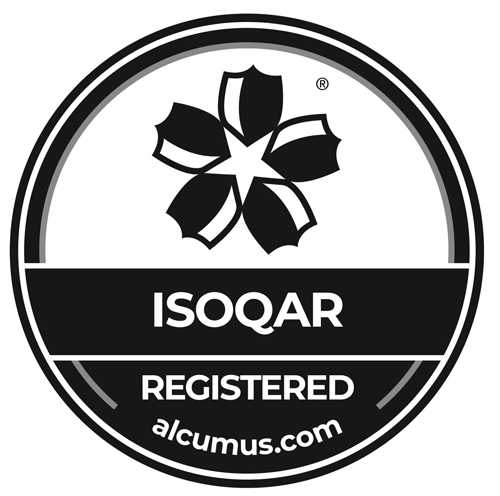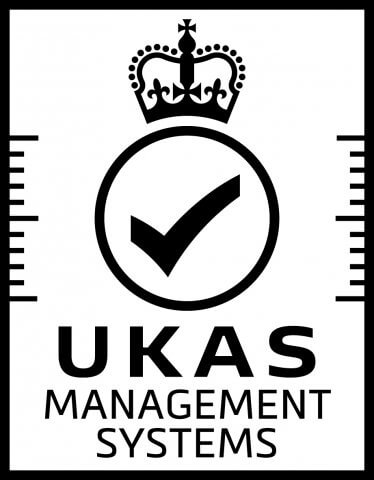Premier Inverted
Nipples Surgery
Why Auralia For Your Inverted Nipples Surgery?
UNMATCHED EXPERIENCE
23 Years Of Experience
INTERNATIONALLY ACCREDITED
Highest standards of safety and care
PATIENT-CENTRIC APPROACH
Tailored Surgical Plan For You
Join thousands of our satisfied clients
Our Satisfied Patients
Making Your Desired Surgery Affordable
Auralia can help you spread the investment of your surgery, allowing monthly payments over 24 or 36 months.
Before & After Inverted Nipples Surgery
Explore our gallery of before and after photos to see the stunning transformations achieved through our expert care.
How Do I Prepare
For Inverted Nipples Surgery?
Avoid aspirin, NSAIDs like Brufen and Volterol, Vitamin E supplements, and smoking to reduce bleeding risks.
It is advisable to take 1 gm vitamin C twice a day to improve wound healing.
It is not advisable to have sex the day before surgery.
Dress in loose, comfortable clothing – soft, elasticated tracksuit bottoms are ideal.
The Recovery Process From Your Inverted Nipples Surgery
Patient care has always been at the forefront of everything we do, this is why we are a leading cosmetic surgery provider in Ireland. We believe that ‘aftercare’ is just as important a part of the entire cosmetic treatment procedure as the treatment itself. With Auralia, you can be rest assured that all your aftercare needs will be completely fulfilled, providing you the support you need for a fast and stress-free recovery.
Our registered, professional and highly trained medical team are accessible at all times to advise you on your individual surgical needs, to explain exactly what the procedure entails and to assist you with any concerns you may have following your treatment. All patients receive three post operative consultations, however, if a patient feels they need more support and time to address any concerns, we can facilitate this without cost or question.
Inverted Nipples Surgery FAQs
It is difficult to determine how many women have at least one inverted nipple, as this condition is not diagnosed; however, current estimates run between 2% and 10%. The inversion can involve one or both nipples, and there is no one factor that causes inverted nipples. Possible causes include trauma to the breast, an abscess on the breast, mastitis (an infection of breast tissue) or cancer.
This minor surgical procedure is generally performed under local anaesthetic as a day patient with a relatively short recovery period. The procedure lasts approximately 30 minutes. Surgery can allow the patient to regain nipple appearance, and restore temperature and touch sensitivity. The procedure itself has minimal discomfort and is normally a safe, easy and quick operation. You’ll only spend a day at the clinic.
Most techniques for repairing the Inverted nipple involve releasing or stretching of the short breast ducts, and bolstering the nipple forwards to prevent the scar from pulling the nipple back inside. A short incision is made at the base of the nipple to allow visualisation of the ducts. The tethering is released, and often sutures are used to rearrange the tissues under the skin and hold the nipple erect during the healing process. Fine sutures are then used to align the skin edges and close the small incision.
All surgery, including cosmetic surgery, carries risks, including infection, pain or scarring. Any potential complications will be discussed during consultation, and you will be given a copy in writing. You’ll have time to think about everything well in advance, and you’ll have a chance to talk through everything with your surgeon and the team at Auralia.
Before choosing to undergo nipple correction surgery, you may be a candidate for a non-surgical solution The options will be discussed with you at your consultation. Many people don’t realise there are non-surgical treatments available, and we would always encourage you to explore them before thinking about surgery.
Milk is brought to the nipple by the same short ducts that tether the nipple and cause inversion. If you are planning on breastfeeding, it is best to wait until after you have finished before having inverted nipple correction. Releasing the inverted nipple may require cutting the milk ducts, and this may make it difficult to breastfeed in the future. Inverted nipples can make it more difficult for an infant to latch on, but it may be still be possible, and a breast pump should still function with inverted nipples.
Secure Your No-Cost Consultation with Ireland’s Top Experts
Get your inverted nipples surgery Today





